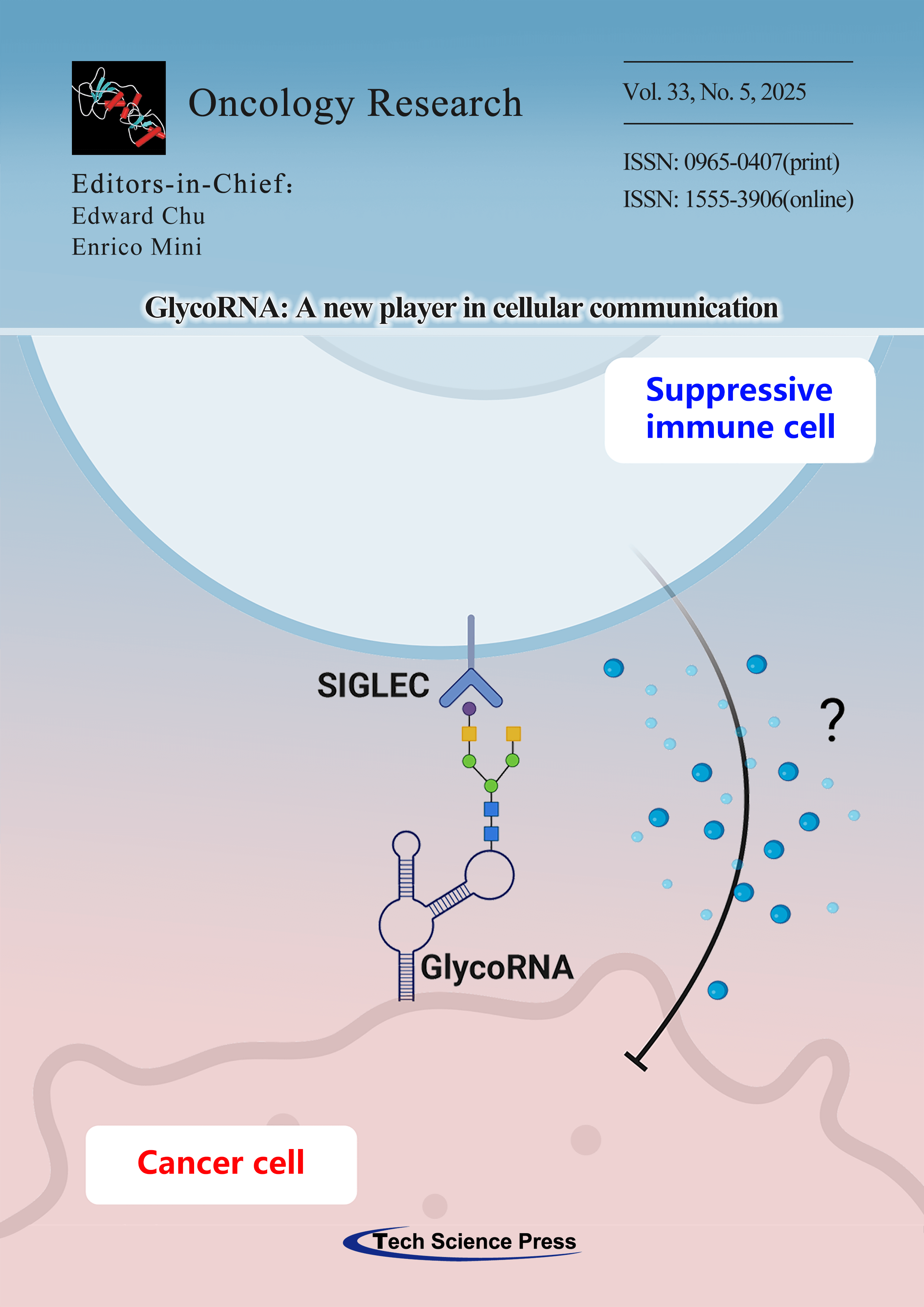
This commentary explores the transformative findings surrounding glycoRNAs, emphasizing their unique roles in cancer progression and the therapeutic opportunities they present. GlycoRNAs, through interactions with lectins and immune receptors, may contribute to tumor immune evasion. Moreover, the therapeutic potential of this emerging knowledge includes interventions targeting glycoRNA synthesis and modulation of associated signaling pathways. By highlighting these critical insights, this commentary aims to encourage the development of innovative strategies that could improve cancer prognosis and treatment.
View this paper